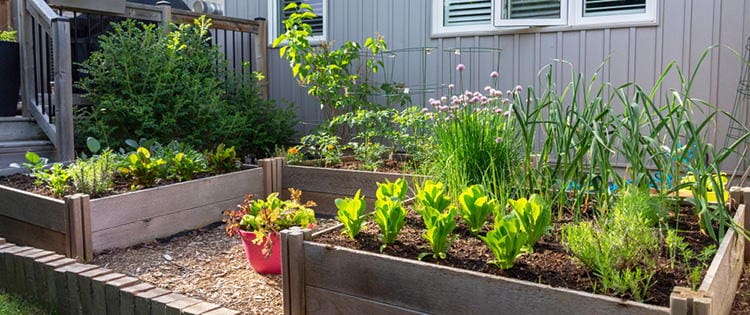A sure way to survive in any upcoming crisis is to have a survival garden that produces sufficient nutritious vegetables and fruits.
This will assure that you will be prepared for any sudden crisis whether it be a drought or flood, etc. Let’s look at some important factors to design a survival garden.
Factors for a Survival Garden
- Sunlight: Sunlight is an important consideration when planting your garden. The fastest-growing vegetables and fruits need full sun (approximately 6-8 hours of sunlight each day) without any blockage from fences, shrubs, or trees.
- Space: You will also need to have ample space for your plants so you can expand as needed, rotate crops throughout the region, and have sufficient room to walk in your garden to water, weed, and harvest the plants. A general guideline is to plan about 100 square feet per person. If you plan to freeze or can at least half of the harvest for winter use, plan on 200 square feet per person.
- Water: Design the garden near a water source to make it convenient to water. It is recommended to water the seedlings twice a day and for the plantings about 1 inch over the surface area of the garden bed a week. (For example, this is equivalent to 20 gallons of water per week for a 32 sq. ft. bed.) It is best to water the plants 3 times a week and adjust this amount because of the rainfall.
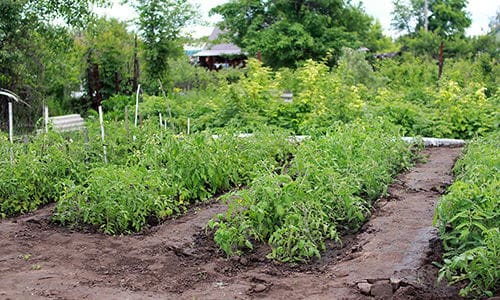
The Main Ingredient of a Survival Garden: Seeds
It is best to use survival seeds. They can be extracted from the best vegetables and fruits and yield the most nutritional produce.
Survival seeds are organic, usually non-GMO, and can be seasonal or year-round. Regular seeds deteriorate during harvest; survival seeds have a low rate of deterioration and a longer shelf life.
Another advantage of harvesting your own seeds is saving money rather than having to purchase the necessary seeds.
Related: How to Properly Harvest Seeds
Storing Seeds
- Use a plastic bag (sealed tight) or metal tin with a tight cover. The containers should be moisture-proof. Always store the seeds in a dark place that is cool and dry.
- Consider carefully rotating seeds to plant the older ones first.
- Continue to save seeds that grow the best in your climate.
The Best Seeds for Survival Gardens
- Asparagus – This plant takes a few years before harvest. It is a perennial vegetable so it will come back each year. The seeds are planted in deep trenches.
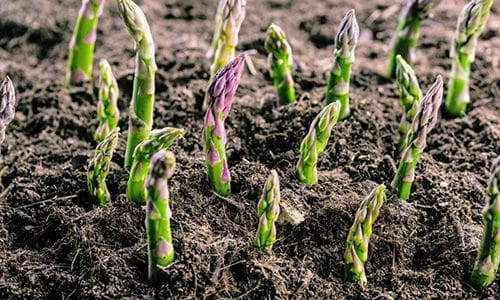
- Beans – Look for two popular types: bush beans and pole beans. Bush beans are true to their name and grow on bushes. Pole beans will need to be staked. Beans are rich in fiber, calcium, and vitamins A, C, and K. Consider planting them in early spring to have beans throughout the summer.
- Beetroot – Beetroot takes approximately 2 months to harvest and can grow during frost. The seed is typically sown in rows, several inches apart.
- Cabbage – Consider planting a seed every two weeks to supply enough cabbage to last the whole year. You will have a substantial amount of cabbage and might want to turn some into sauerkraut.
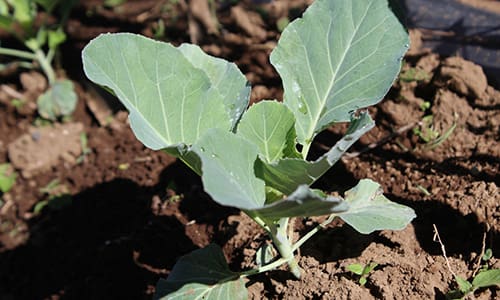
- Calendula – This highly popular survival seed can grow in almost any weather. The plant has a lot of medicinal value. It relieves pain, prevents muscle spasms, and reduces fever. The plant is also used to treat stomach ulcers and sore throats.
- Carrots – These seeds take about 2-3 months to grow and are usually grown during cooler weather. They can also be grown under the snow and in USDA zones 4-10.
- Corn – Best grown during warm weather, each stalk stands tall and lean to provide two or more ears of corn. You might want to consider the trio of corn, squash, and beans (known as the three sisters).
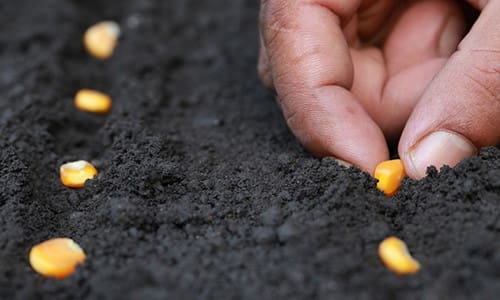
- Kale – Grown in most soils, it takes two months before harvesting. Think about planting these seeds from spring to fall and enjoy kale chips for a nutritious end product.
- Lettuce – You can grow lettuce in almost any type of soil. Wild lettuce helps relieve pain by acting directly on your central nervous system. The sap can numb the most severe of pains. Wild lettuce also has sedative effects.
- Meadowsweet – This tall perennial boasts a great taste and distinctive smell. In medieval times, the plant was crushed and used as a pain reliever. Today, it is known to encourage sweating when having the flu or breaking a fever. The plant is best grown in wet soil from June to August.
Related: 10 Medicinal Plants You Can Find On Your Homestead
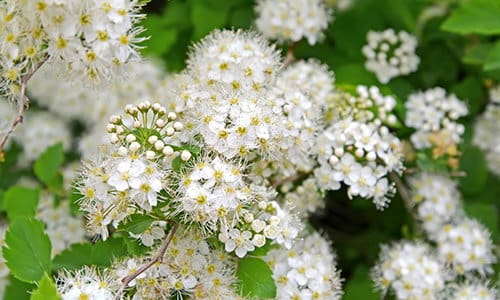
- Onions – Typically grown from seeds in four months, you can cultivate the seedlings indoors and transplant them later in summer. You can also harvest spring onions and their leaves with carrots.
- Peppermint – The seeds yield delicious dark green leaves that typically take 5-6 months to mature. They feature an incredible aroma. Often used in tea, peppermint has many medicinal properties to treat stomach, liver, bile, and nerve problems. Consider making your own peppermint oil as an insect repellent.
- Peppers – With many different kinds of peppers (sweet to hot) and a variety of colors, peppers can take a bland dish to a mouth-watering, spicy one. Peppers are grown in warmer weather and take 2-3 months to grow. You can even learn to make pepper spray.
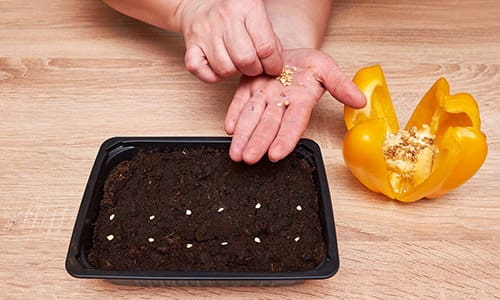
- Potatoes – Known as a calorie-dense crop with high vitamin C, potassium, fiber, and protein, each potato plant yields about 4-5 small potatoes. Keep the best ones; use the green ones for seed stocking.
- Pumpkin – Great for sweet and savory dishes, pumpkin is full of necessary fatty acids, carbohydrates, minerals, and vitamins. Pumpkins take about 3-4 months to grow.
- Radish – One of the fastest-growing vegetables, this root vegetable can be harvested 20-30 days after planting.
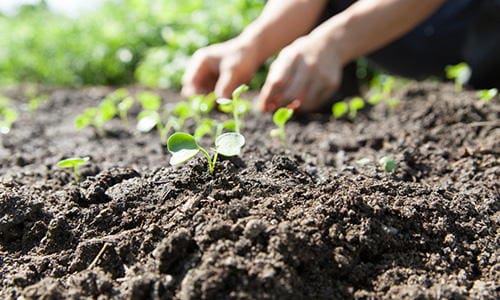
- Spinach – This iron and vitamin-rich crop can be used in most dishes. Plant the seeds in early spring and enjoy spinach in summer!
- Tomatoes – A popular vegetable, tomatoes come in a variety of types. They are easy to grow and can easily be staked to grow vertically. Excess tomatoes can be made into sauces, soups, and salsa.
- Wheat – High in vitamin B, protein, fiber, and carbs, wheat is highly nutritious. You can also make flour for baking from wheat.
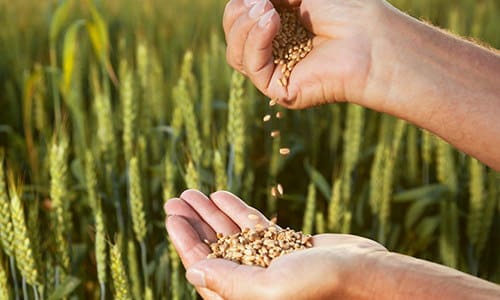
- Winter squash – Easy to grow, squash is rich in starch calories, vitamins, and dietary fiber. It stores well in water-tight containers for long use.
- Yarrow – Grown in spring or fall, yarrow is a nutritious and delicious end product. It grows fast and has the benefit of healing wounds.
Growing a survival garden takes some time and effort but the benefits are easily seen in the harvested nutritional produce.
You and your family will be able to enjoy a constant supply of vegetables and fruits throughout the year by planting survival seeds in your very own garden. And you will be prepared for any upcoming crisis.
You may also like:
 How To Harvest Seeds From Plants You Are Already Growing
How To Harvest Seeds From Plants You Are Already Growing
If You See This Plant in Your Backyard, Burn It Immediately! (Video)
10 Houseplants That Purify Your Air
Antidote Plants That Grow Near Poisonous Ones
A Medicinal Garden Kit For Starting A Small Backyard Pharmacy
